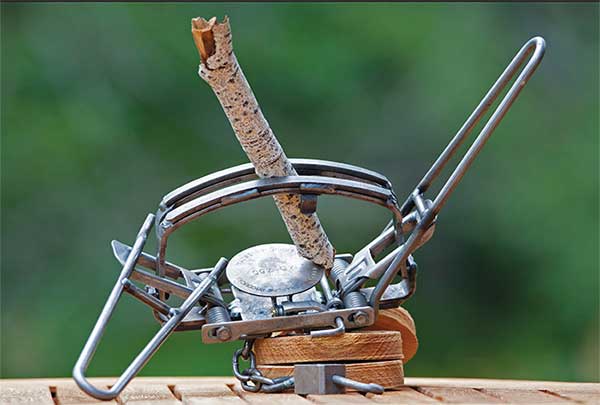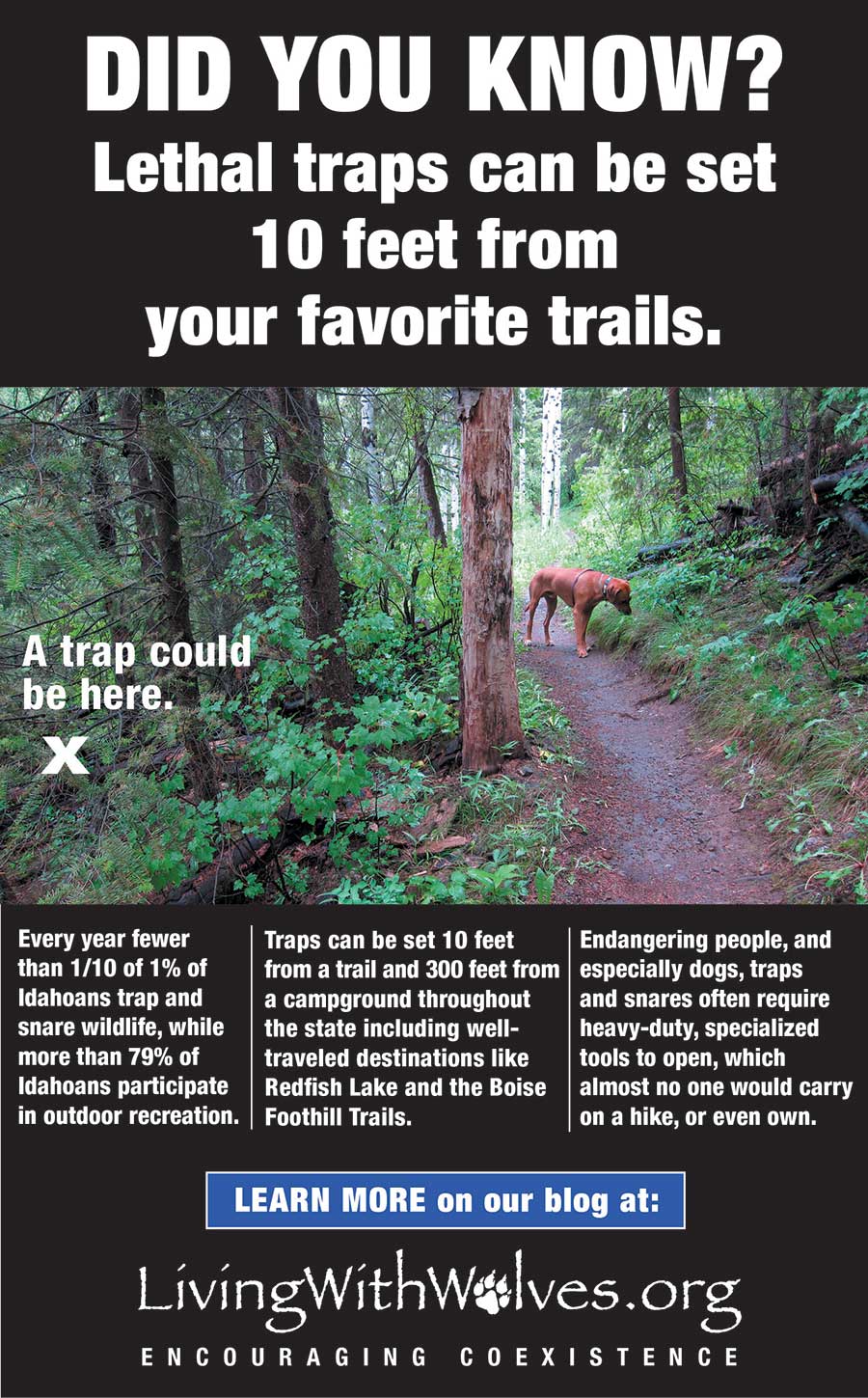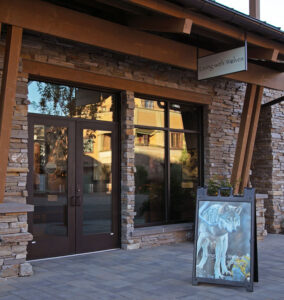Traps May Be Closer Than You Realize
Locals and tourists alike flock to Idaho’s gorgeous outdoor recreation areas throughout the year. Many of them enjoy the outdoors with their dogs. Most are probably unaware that potentially lethal traps and snares can be set alarmingly close to public trails and campgrounds. Trappers are allowed to set leg-hold traps and snares only 10 feet from any unpaved public trail. They can also legally place snares and traps 300 feet from any designated public campground, trailhead, or picnic area. The average dog can travel 300 feet in under 20 seconds.
The booming tourism and outdoor recreation industries represent important pillars of Idaho’s economy. It is surprising that the state does not direct its Department of Fish and Game to find ways to protect outdoor recreationists and their pets from the devices placed by the relatively few 2,000 trappers that sport trap Idaho’s wildlife. Instead, priority goes to trappers and the purposely-placed hidden dangers they sprinkle across the landscape, leaving local news channels to warn the public.
The warnings come every year as trapping season kicks into full gear. In 2019, the Boise CBS affiliate, KBOI, warned, “Pet owners should be aware of traps and snares in Idaho…most fur trapping seasons are open during late fall and winter, but some go year-round…They run the risk of having their pet’s toes pinched or worse – trapped by snares intended for large wildlife.” KBOI goes on to cryptically warn pet owners to “be prepared to act quickly if it occurs.” Presumably, this is because various traps are designed to kill quickly. The article continues with the advice, “To prevent your dog from biting you, put a jacket or sleeve over the dog’s head to keep them from biting you while you open the trap.” However, it is important to note that some traps require specialized equipment to open.
People hunting, fishing, hiking, backpacking, cross-country or backcountry skiing, snowshoeing, and engaging in any number of other outdoor activities run the risk of either them, their children, or their pets accidentally triggering carefully-hidden traps. And it happens much more often than one would prefer to imagine, especially to dogs. This is not just a reality in Idaho’s wide-open spaces. Pets stepping in traps is even happening in the neighborhoods of Boise. In July of 2020, KBOI reported that a cat was found with a trap on its leg. The Idaho Humane Society treated the cat’s wounded paw and warns in the report, “Idaho Humane Society is encouraging those in the neighborhood to keep a watchful eye on children. IHS also recommends keeping pets inside whenever possible, and checking on outdoor cats regularly, along with checking the routes the animals take.”
Brad Dubach of Boise has had his dog, Rose, caught in traps twice in the past five years, most recently in 2019. “She didn’t fight it…She laid down and started crying and I think if she fought it she would’ve broke her leg,” Dubach said in a report by Boise NBC Affiliate, KTVB. He continued, “This isn’t the wild west…It’s time that someone takes some responsibility and is reasonable about what they do with these traps.”
Traps and snares are often baited with liquid scents to attract targeted animals to them. This method also inevitably attracts non-target animals like dogs. Not only is the public largely unaware of how widespread trapping is in Idaho, but they are also unaware of the procedures for removing a dog from a leg-hold or body gripping trap or snare.
Trappers claim traps are humane. Watch this one-minute video demonstrating the strength of a coyote trap from environmental reporter and winner of two Pulitzer Prizes, Tom Knudson, and you decide (the video does not depict animals in traps). The much larger and more robust MB750 wolf trap requires sturdy metal bars to produce enough leverage to release (see photo below). The inside jaw spread of a wolf trap used in Idaho can measure up to nine inches. It can be even more deadly and just as challenging to rescue a pet from a snare. Releasing a snare made of heavy-gauge cable requires a heavy-duty cable cutters. Ordinary cable cutter won’t suffice.
Imagine a panicked pet caught in a trap or snare, while you are trying to locate appropriate equipment, if such equipment is available, and finally trying to calm the animal sufficiently to release it. In January of 2020, a couple near Stanley experienced just that when their dog was caught in a legally set snare 50 yards off of a public road. By the time help and the necessary tools were found, their dog was dead. They realized in hindsight that they had, at best, only minutes to try to free their dog. During the same trapping season, another dog died in a snare in the same area. Yet another lost its foot in a leg-hold trap, and other dogs have simply vanished.
A petition in 2020 to require signage at trailheads, along trails and near campgrounds where traps and snares are set was rejected out of hand by Idaho’s Department of Fish and Game, ruling in favor of a small minority of trappers. The vast majority of Idahoans are left to wonder where a trap or snare might be placed and whether their pet, or even a child, may be the unsuspecting victim of such a device.




